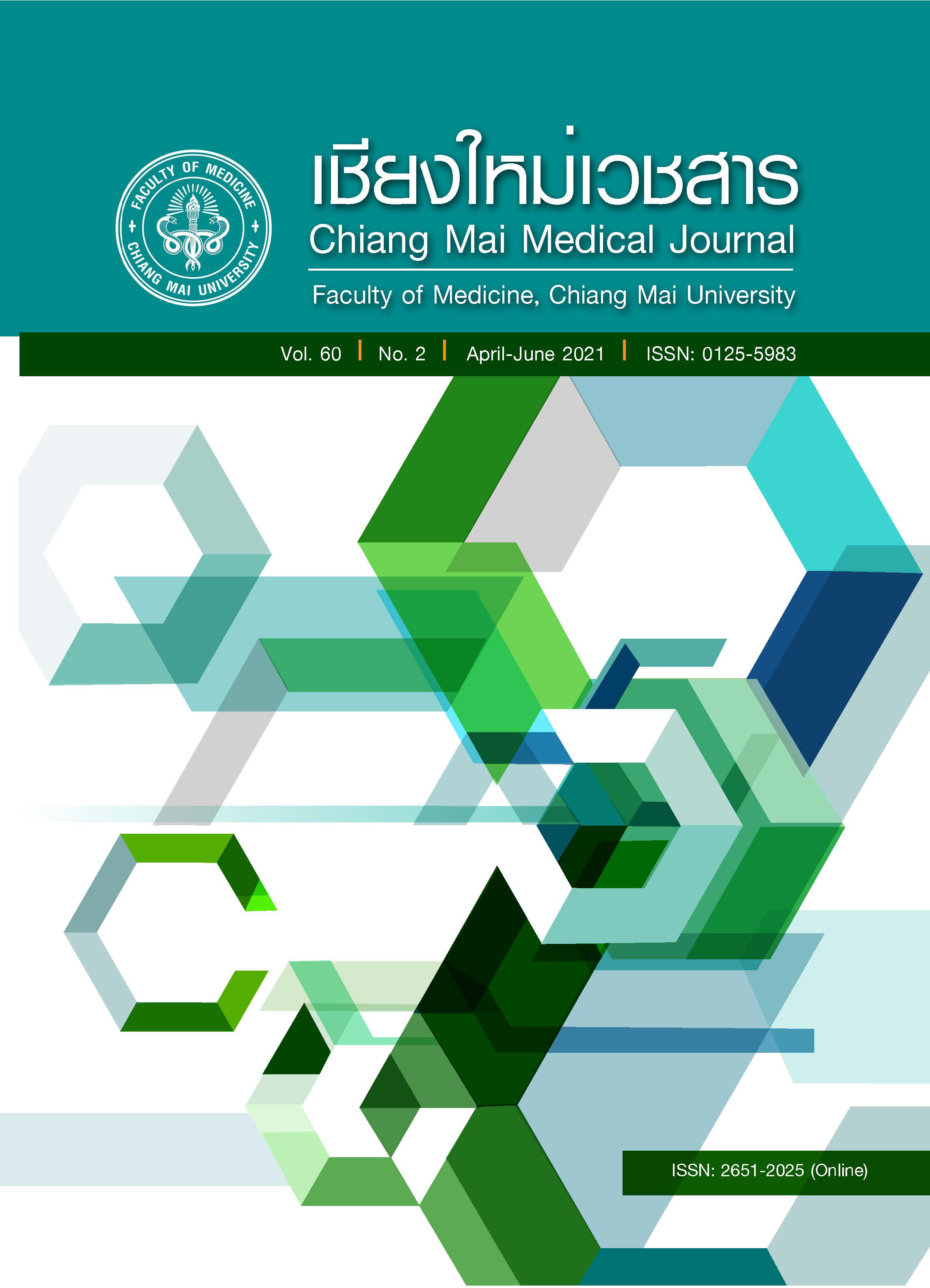Process and outcome of management for orthopedic patients with sepsis
Keywords:
Process, Outcome, Orthopedic patients, Management of SepsisAbstract
Objectives To analyze the management process and outcomes of orthopedic patients diagnosed with sepsis.
Methods This retrospective descriptive study included the medical records 275 orthopedics patients with sepsis from January 2017 to December 2019. Data collection was done using the Management Situation for Orthopedic Patients with Sepsis Record Form. Descriptive statistics were used for data analysis.
Results Within 3 hours after being diagnosed with sepsis, the following management process occurred: 82.90% of the samples had blood collected for culturing before antibiotic administration, 31.27% received broad-spectrum antibiotics, 15.63% had serum lactate measurement and the 50.00% of the patients requiring fluid resuscitation (n=56) received initial fluid resuscitation. Within 6 hours following diagnosis, the 32.07% of the sample requiring vasopressors (n=53) received them. Of the patients in the study, 13.18% developed septic shock and the overall mortality rate was 18.19% (n=50).
Conclusions There are opportunities for improvement of the management process for orthopedic patients with sepsis. Improvements in the quality of the management process could lead to better outcomes.
References
Vincent JL, Opal SM, Marshall JC, Tracey KJ. Sepsis definitions: time for change. Lancet. 2013;381(9868):774-5.
Martin-Loeches I, Guia MC, Vallecoccia MS, Suarez D, Ibarz M, Irazabal M, et al. Correction to: Risk factors for mortality in elderly and very elderly critically ill patients with sepsis: a prospective, observational, multicenter cohort study. Ann Intensive Care. 2019;9:36.
Weber CD, Hildebrand F, Kobbe P, Lefering R, Sellei RM, Pape HC, et al. Epidemiology of open tibia fractures in a population-based database: update on current risk factors and clinical implications. Eur J Trauma Emerg Surg. 2019;45:445-53.
Hadeed MM, Evans CL, Werner BC, Novicoff WM, Weiss DB. Does external fixator pin site distance from definitive implant affect infection rate in pilon fractures? Injury. 2019;50: 503-7.
Singer M, Deutschman CS, Seymour CW, Shankar-Hari M, Annane D, Bauer M, et al. The Third International Consensus Definitions for Sepsis and Septic Shock (Sepsis-3). JAMA. 2016;315:801-10.
Permpikul C. Sepsis and septic shock. Bangkok: Beyond enterprise; 2018. [in Thai]
Rhodes A, Evans LE, Alhazzani W, Levy MM, Antonelli M, Ferrer R, et al. Surviving sepsis campaign: international guidelines for management of sepsis and septic shock: 2016. Crit Care Med. 2017;45:486-552.
Plevin R, Callcut R. Update in sepsis guidelines: what is really new? Trauma Surg Acute Care Open. 2017;2:e000088.
Levy MM, Evans LE, Rhodes A. The surviving sepsis campaign bundle: 2018 update. Intensive Care Med. 2018;44:925-8.
Ministry of Public Health. Service plan sharing. Bangkok: Division of Public health services; 2016. [in Thai]
Ministry of Public Health. Service plan sharing. Bangkok: Division of Public health services; 2017. [in Thai]
Orthopedic intensive care unit, Maharaj Nakorn Chiang Mai hospital. The report of sepsis data in the orthopedics intensive care unit in 2019. Chiang Mai: Orthopedic Intensive Care Unit; 2019. [in Thai]
Hanlumyuang G. The analysis of contributing factors to septic death in Pakkred Hospital. J of Prev Medi Asso of Thai. 2020;10:108-17.
Rodjinda S, Puttapitukpol S, Phuangkhem W. Development of caring model for sepsis patients in the medical ward, Nan Hospital. Nurs J of the Mini of Publ Heal. 2020;30:120-34.
Threatt DL. Improving sepsis bundle implementation times: a nursing process improvement approach. J Nurs Care Qual. 2020;35: 135-9.
Tiago ICA, de Castro RAS, Bragagnollo GR, de Mello CL, de Souza CC, da Silva GCT, et al. Early recognition of surgical patients with sepsis: Contribution of nursing records. Appl Nurs Res. 2020;25:151352.
Kleinpell R, Blot S, Boulanger C, Fulbrook P, Blackwood B. International critical care nursing considerations and quality indicators for the 2017 surviving sepsis campaign guidelines. Intensive Care Med. 2019;45:1663-6.
Suranatchayanan P, Kenthongdee W, Kamonrat S. Nursing care system development for sepsis patients at Loei hospital. J of Nurs and Heal Care. 2018;36:207-15. [in Thai]
Kjørholt KE, Kristensen NR, Prieto-Alhambra D, Johnsen SP, Pedersen AB. Increased risk of mortality after postoperative infection in hip fracture patients. Bone. 2019;127:563-70.
Rudd KE, Hantrakun V, Somayaji R, Booraphun S, Boonsri C, Fitzpatrick AL, et al. Early management of sepsis in medical patients in rural Thailand: a single-center prospective observational study. J Intensive Care. 2019;7:55.
Butsara W, Linglom Y, Kummuck S. Developing a system of care for patients with sepsis. Journal of Humanities and Social Sciences Nakhon Phanom University. 2018;8(Suppl.):17-25. [in Thai]
Downloads
Published
How to Cite
Issue
Section
License

This work is licensed under a Creative Commons Attribution-NonCommercial-NoDerivatives 4.0 International License.










